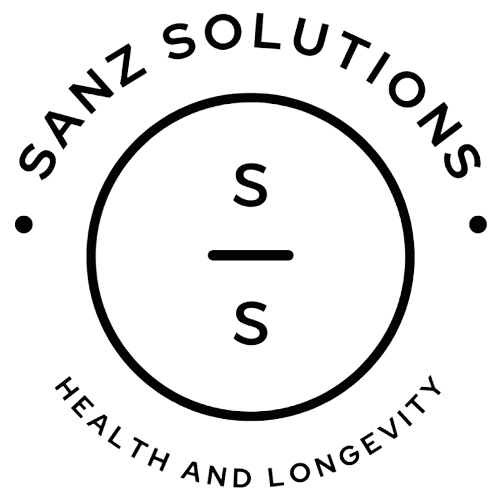If you are interested in eating a low histamine diet, here are some general guidelines to follow:
-
Avoid histamine-rich foods: Certain foods are high in histamine and can contribute to elevated histamine levels in the body. These include aged or fermented foods, such as aged cheeses, sauerkraut, yogurt, kombucha, and soy sauce. Cured meats, canned fish, and leftovers are also high in histamine. Avoiding these foods can help to reduce histamine levels in the body.
-
Limit high-histamine foods: Some foods are not as high in histamine as others but can still contribute to histamine levels. These include citrus fruits, strawberries, tomatoes, and spinach. It is not necessary to avoid these foods completely but limiting them may help to reduce histamine levels.
-
Eat fresh foods: Fresh fruits and vegetables, meats, and seafood are generally lower in histamine. Try to eat these foods as soon as possible after purchase, and avoid leftovers as much as possible.
-
Be mindful of food storage: Histamine levels in food can increase when it is stored improperly. Make sure to store foods in the refrigerator or freezer as soon as possible after purchase, and do not keep them for too long.
-
Cook with care: Histamine levels in food can also increase during cooking. Avoid cooking methods that may increase histamine levels, such as grilling or frying. Boiling or steaming foods may be a better option.
-
Consider histamine-reducing supplements: Certain supplements, such as vitamin C and quercetin, have been shown to have antihistamine properties and may help to lower histamine levels.
It's important to note that a low histamine diet may not be appropriate for everyone. If you are considering this approach, it is recommended to speak with a healthcare professional or a registered dietitian to determine if it is right for you. They can help you create a personalized eating plan that meets your nutritional needs while avoiding high histamine foods.

